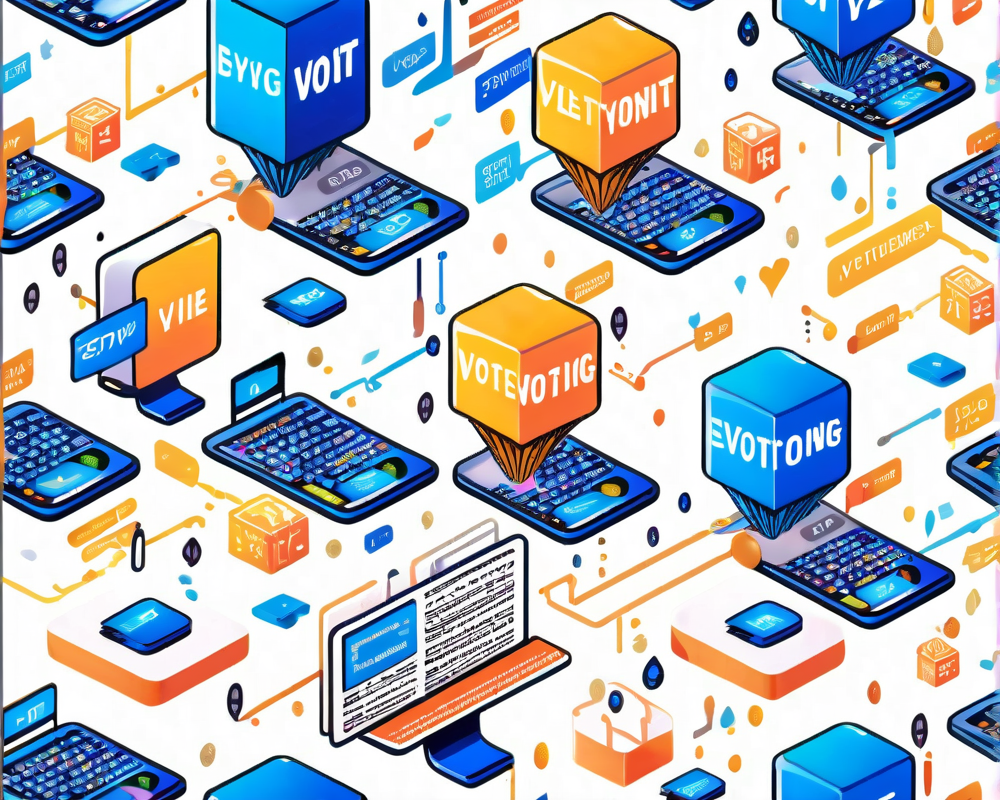Revolutionary Times: E-Voting and Blockchain’s Role
E-voting is carving out its niche within the ongoing dialogue surrounding blockchain technology. But let’s not kid ourselves; it’s not all smooth sailing. When discussing how technology affects our cherished democratic values, we stumble upon a whirlwind of issues – social, legal, and political complexities that can make anyone’s head spin. Voting isn’t just marking a box; it’s presenting your identity, values, and maybe even the family feud you’re trying to keep under wraps.
Lessons from Abroad: A Compendium of E-Voting Trials
Let’s take a quick jaunt through Europe for some sobering e-voting tales. Take Estonia, for instance, where the e-voting system sounded fabulous on paper but raised eyebrows concerning security. Identity issues flourished like dandelions in spring, with PIN codes acting like a one-size-fits-all solution to identity theft.
Switzerland faced its own battle with critical software flaws that made some officials toss their hands up in despair, while Norway and Finland tucked their tails and walked away from electronic voting due to similar glitches and a severe lack of voter trust. Germany’s Constitutional Court even labeled one e-voting attempt unconstitutional, insisting transparency was not a mere suggestion but a demand.
The Italian Experiment: A Comedy of Errors
Then, there’s Italy, home of the fine art of pasta and a culinary approach to e-voting that’s a bit more al dente than we would hope for. The 2017 Lombardy and Veneto referendums are a classic example of e-voting gone awry – costs spiraled, and counting votes became slower than explaining quadratic equations. Surprise! The tech did not save time; it just painted a target on the back of procedural integrity.
Naples took a slightly different approach, leveraging blockchain in municipal democracy. Their enthusiasm, however, seemed to be running on fumes when they realized full anonymity while maintaining vote verifiability was about as feasible as finding a parking spot in downtown Naples during lunch hour. Talk about a cultural mismatch!
When Technology Hits a Wall: The Dreaded Vote Coercion
The allure of blockchain lies in its immutability, where the idea is to allow voters to feel confident that their ballot is logged and safe. But when it comes to remote voting, real-time displays of support can unravel anonymity quicker than someone can yell “Coinbase!” in a heated Bitcoin debate. If a voter can show their vote, will it end up in the hands of a vote buyer? Most likely. Keeping secrets isn’t easy—especially in a democracy where vote buying runs rampant!
The Road Ahead: Seeking Balance Between Innovation and Reality
So, what’s the solution to this tangled mess of e-voting? We need to pilot a little patience and creative problem-solving. Maybe ditching traditional remote voting isn’t a terrible idea, but embracing aspects of blockchain could usher in transparency without the tech headaches. It’s about finding the right balance of proof, secrecy, and trust in a system that evolves in line with local political realities.
We need these e-voting systems to echo the cries of financial prudence while also being adaptable to the ever-changing needs of society – not that hard to achieve with a little teamwork between innovators and municipal leaders. It’s all about open discussions, engaging citizens, and above all, daring to roll up our sleeves for some good old-fashioned trial and error!
Conclusion: Embracing Complexity for Democratic Excellence
The crux of the matter is that while there may not be a one-size-fits-all answer to the problem of e-voting, engaging with passion, inclusivity, and transparency could very well lead us to a more democratic future. We don’t have all the answers right now, but at least we have a better understanding of where we need to focus our energies to keep democracy thriving amidst the tech revolution.




